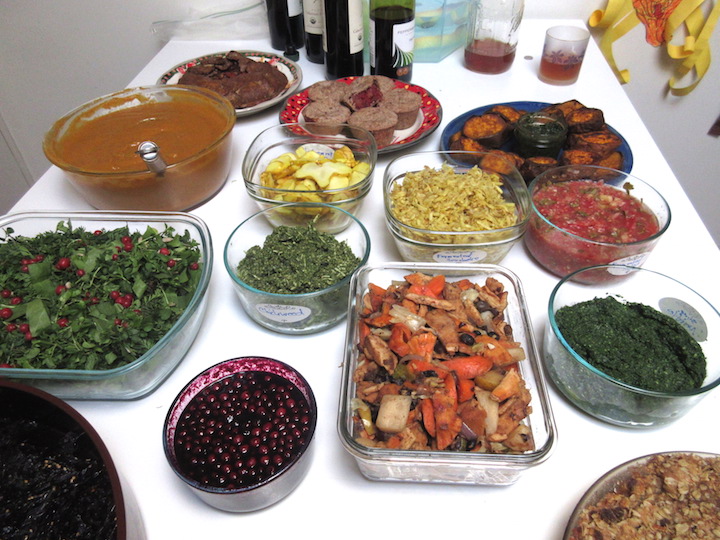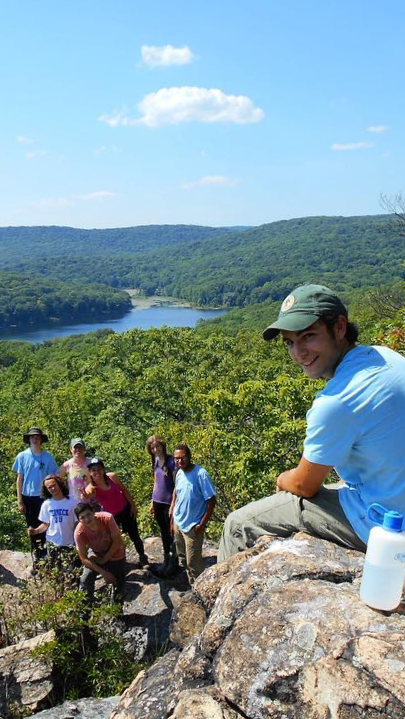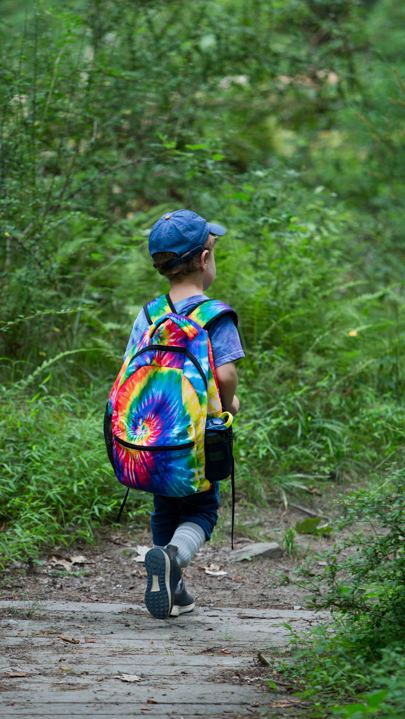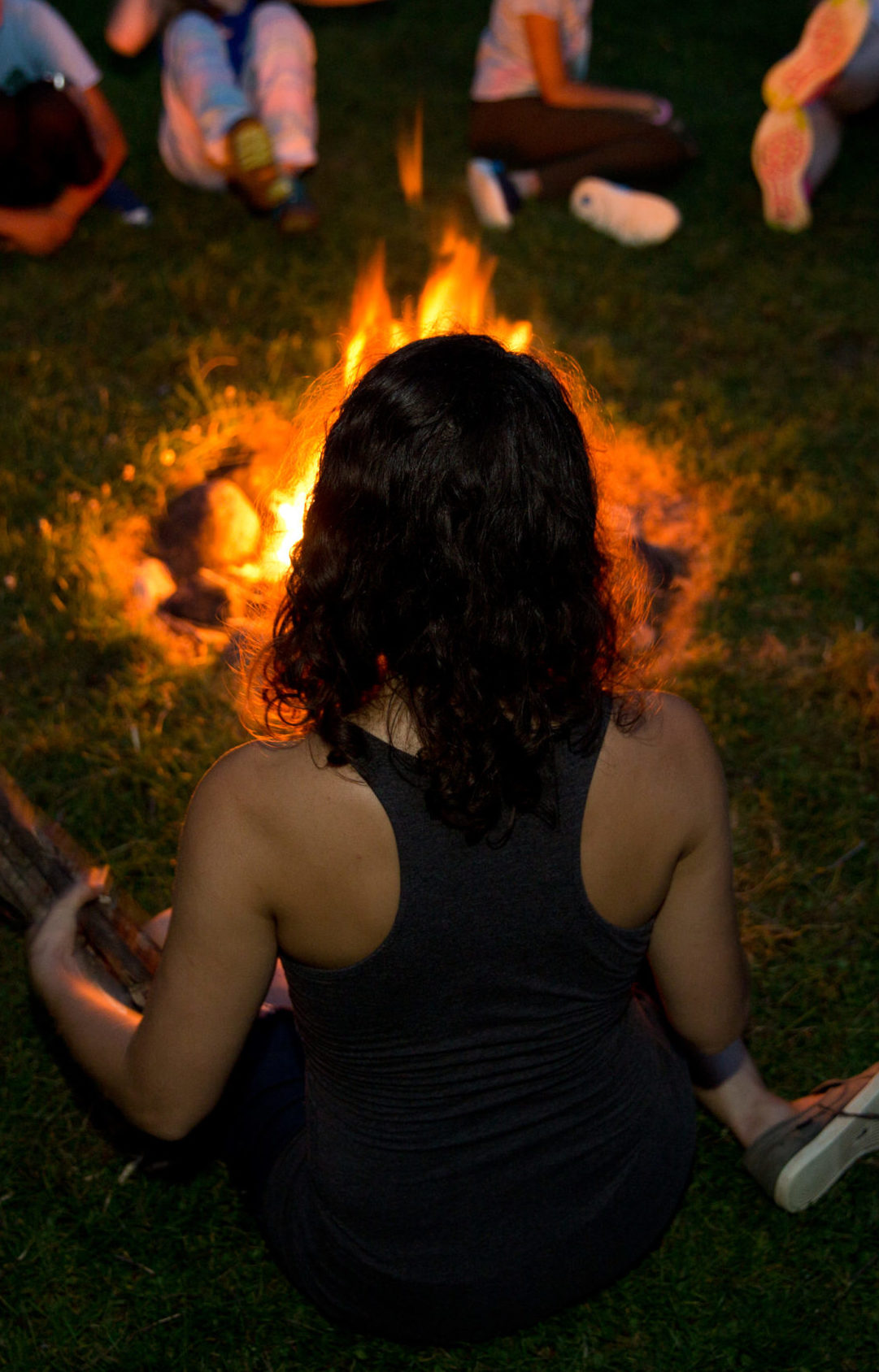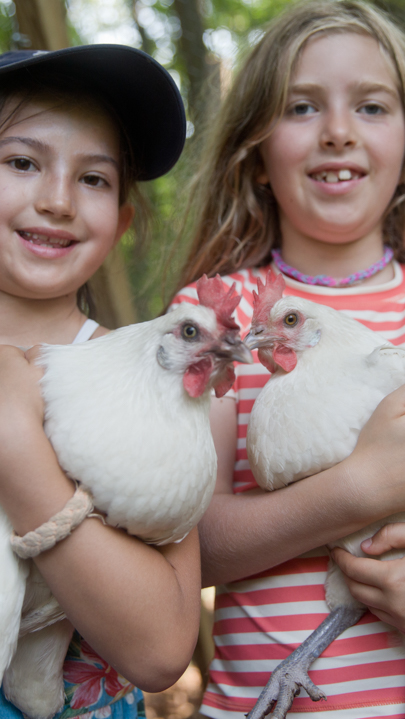The Case for Wild Foods
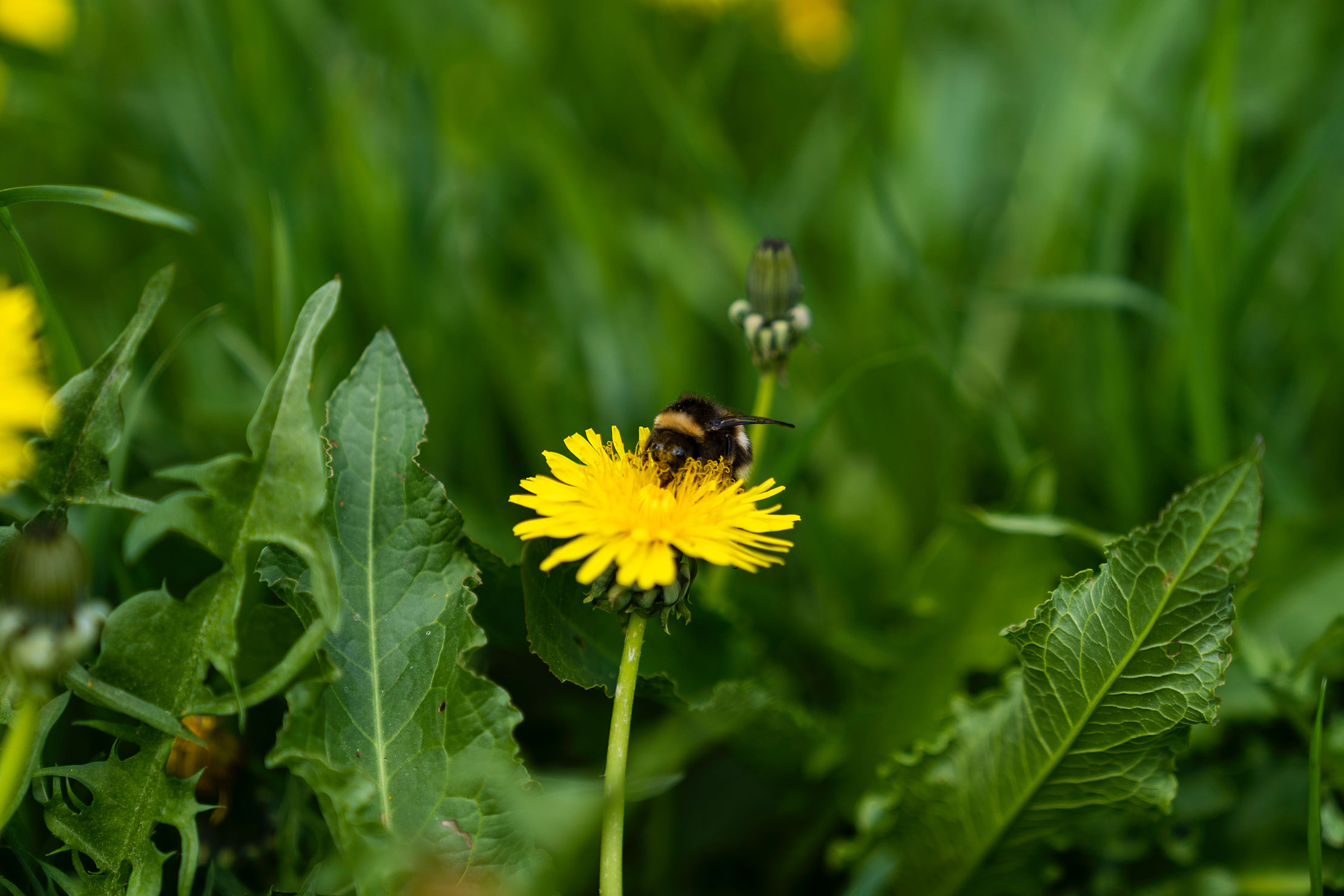
Wild food forager Paul Tappenden reminds us that there is such a thing as free (not to mention healthy) lunch, and it’s growing all around us.
Anybody who has spent any amount of time researching and reading about today’s food industry, will quickly conclude that the vast majority of “foods” on the market, particularly those marketed to babies and children, are bad for us.
Trying to be a responsible parent in today’s toxic environment, is one of the most challenging undertakings we face. For this reason, it is important to introduce our children to the concept of growing our own food. Just being in a garden and getting their hands in the soil can be of huge benefit to young minds. The connection to the natural world is vital to complete development.
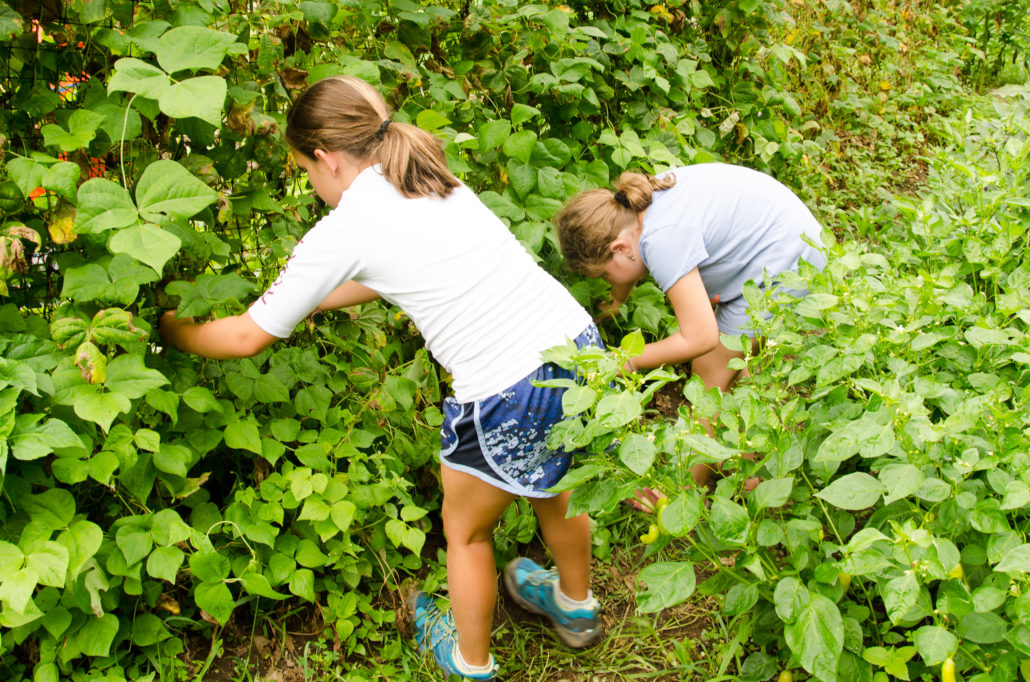
Most non-organic foods, even fresh vegetables, are likely to contain either toxic additives or residues that build up in the body. These ultimately contribute to chronic ailments, making it even more essential that we feed our children organically grown foods.
Of course, eating healthy can be pretty costly, but there are ways to reduce costs. For me, the answer has been wild foods. If you are a regular reader of The Dirt, you will have read about many of the seasonal edibles that I gather to help supplement my regular diet.
Our gardens and local natural areas are filled with free, nutritious and tasty ingredients, there for the gathering. All we need to do is learn to recognize them and learn to use them. Even if we pick the occasional leaf and eat it, it can help to supply us with nutrients that may be lacking in our diet.
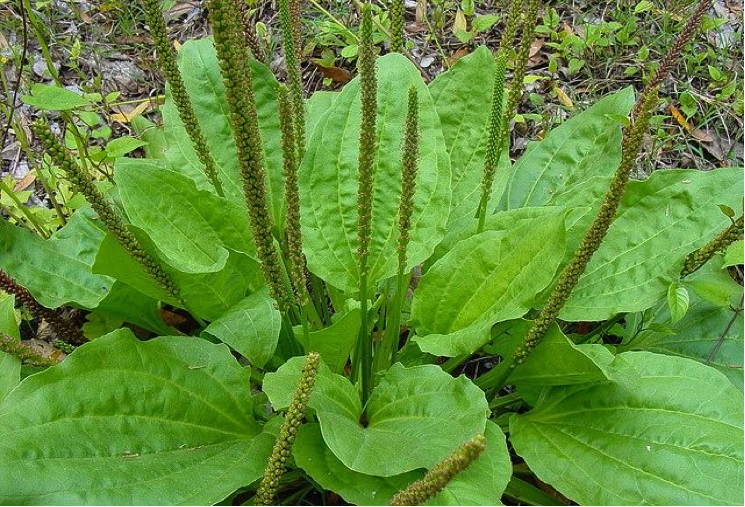
So, take the time to get to know some of the wild foods that surround us (even in our city parks) and share the knowledge with your children. Or, better still, if they attend the Nature Place Day Camp, they can teach you.
